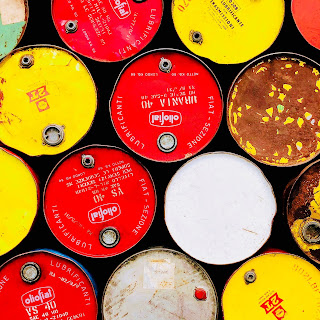Waterless Fracking Debuting in Ohio
| Is waterless fracking the future? |
Some 8,000 feet deep and 450 million years old, the Utica Shale has a lot of petroleum — crude oil, natural gas and byproducts like ethane.Read the rest of the article here.
Although no one really knows how much there is, oil and gas companies are flocking to eastern Ohio, home to some of the shale’s most amenable portions.
“Right now we’re still in an exploratory phase,” said Brian Hickman, a spokesperson for the Ohio Oil and Gas Association.
It’s also an experimental phase for the technology that makes shale extraction possible, Hickman said. Companies that have used horizontal hydraulic fracturing successfully in the Marcellus, Barnett and other shales are still trying to figure out how to best use it in the Utica.
In Ohio, 65 Utica Shale wells have been drilled so far, each requiring 5 to 6 million gallons of water, said Heidi Hetzel-Evans, a spokesperson for the Ohio Department of Natural Resources.
But as Utica drillers analyze early results, at least one company thinks water might be unnecessary — or even a hindrance — and that using a waterless, propane-based form of fracking called LPG might be more efficient and profitable.
That currently unnamed company has asked GasFrac Energy Services to frack two Utica trial wells in Ohio using LPG, short for liquid petroleum gas. Founded in 2006 and based in Calgary, GasFrac is apparently the world’s only provider of LPG fracking and has used it about 1,200 times, mostly in western Canada and also in Texas and Colorado.
LPG uses a mixture of propane (and occasionally some butane) that’s pressurized to the consistency of a gel. Then, like water-based fracking, it’s injected through pipes at high pressure underground to release oil and gas by cracking open rocks using sand (or another proppant).
Unlike water, though, LPG naturally mixes with petroleum, so it returns to the surface with the oil or gas being extracted. And since LPG is electrically neutral and lacks much friction, it doesn’t dissolve any salts, heavy metals or radioactive compounds — compared to water, in which these things return to the surface and make a typically toxic mixture even more so.
Connect with us on Facebook and Twitter!
Follow @EnergyNewsBlog


